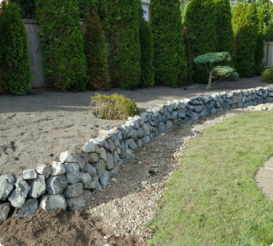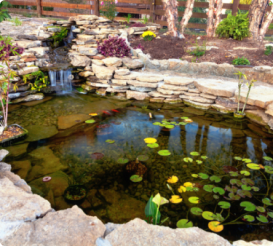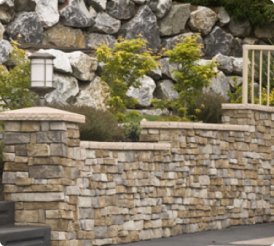Rockeries in Issaquah
Rockeries in Issaquah
Request a Quote
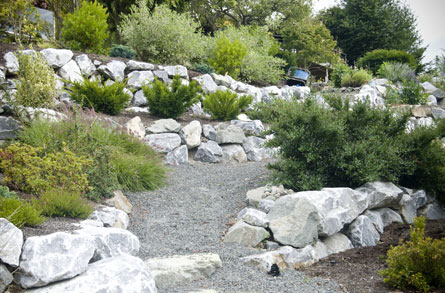
The goal of New Life Rockeries is to assist our clients in the restoration and transformation of their Issaquah property. With enhancements to the property using natural features and beautiful rockery designs, our projects add a simplistic elegance to your Issaquah property.
Our knowledgeable staff can assist you in determining the plants, rocks, and layouts that best suit your properties needs. Once you approve the design details our crews will begin work and when they are finished you will get to enjoy the fruits of their labor for years to come.
Testimonials
Absolutely fantastic.
We had the New Life team replace our failing retaining wall, build steps from our front to back yard, and create an area for a fire pit.
Despite torrential rain during the project, they stabilized our wall and completed the work with surgical precision.
Our neighbors were also really happy with the transformation.
They replaced an ugly, rotten wall with a beautiful terraced one —in terrible weather—and stayed on budget doing so.
They were so easy to work with, and we are so happy with the result.
Thank you!!
New Life Rockeries was so easy to work with on every step of the process.
They heard our hopes and goals, provided awesome professional feedback to make it even better than we imagined, and got the job done!
They started sooner than we expected, were extremely detail-focused (since I'm working from home, I'd spy a little and was impressed by how they would take the time to get each stone perfect), and they came in under budget!
This was not a small project either—they:
- Leveled a weird hill we had
- Moved an old rock wall
- Built a new rock wall with the old stones in another part of the yard
- Constructed a beautiful new patio and retaining wall with a built-in bench
Can't recommend them enough and will definitely get more projects done by them in the future!
In the photos, you’ll see a concrete wall—that ugly thing was NOT their work. It’s getting covered by a fence that will sit on top of the lovely wall New Life built.
We loved working with the team.
They listened to our concerns, addressed landscape issues, provided reasonable solutions that worked, and delivered excellent work.
The team was meticulous and conscientious of our neighbors. They allowed us to expand on the project, finding what worked best.
Clean-up every day was part of their routine, and we were kept informed every step of the way.
We absolutely love our new patio areas, rockeries, landscape, and drainage solutions. We now have a very livable and workable space!
We would hire them again.




What Goes Into Our Rockeries
stone
Many homeowners are surprised at the tremendous selection of stone that can be selected to construct your retaining wall, rockery, or water features. Often our walls are built from the finest selections of limestone, granite, sandstone, and basalt. Additionally, dependent on your projects needs, we also consider shape, size, color, as well as textures of the stones we select for the job. Final selection of stones will be determined by the rockery you have decided to have built and any necessary environmental factors involved.
plants
The addition of plants to your rock wall can have an immense impact on the final visual look of the project on your Issaquah property. Anyone considering having a rock feature installed should strongly consider the added beauty that plants will bring to your finished wall. Many plants thrive in the NorthWest and complement rock retaining walls beautifully. We often recommend yarrow, perennials, ground cover, and rock cress, among others.
Retaining Walls
Depending on the environmental needs and the layout of your rockery, you might require a full retaining wall to be built. Our professional crew will meet with you at your Issaquah property and discuss the best placement of the wall on your property. Once we have selected the best rocks suited to the needs and function of your wall, we will begin construction.
Types of Rock Retaining Walls
We focus on the construction of three types of rock walls at New Life Rockeries.
One Man Half Man Rock
These rocks are great for small walls that can be mostly installed by hand. Don’t be confused by the term “one man and half man rocks,” these stones are far too heavy for the average person to pick up; these rocks need the use of a crowbar to be moved. When building these walls our crews are much larger to make sure that the job can be finished in a single day.
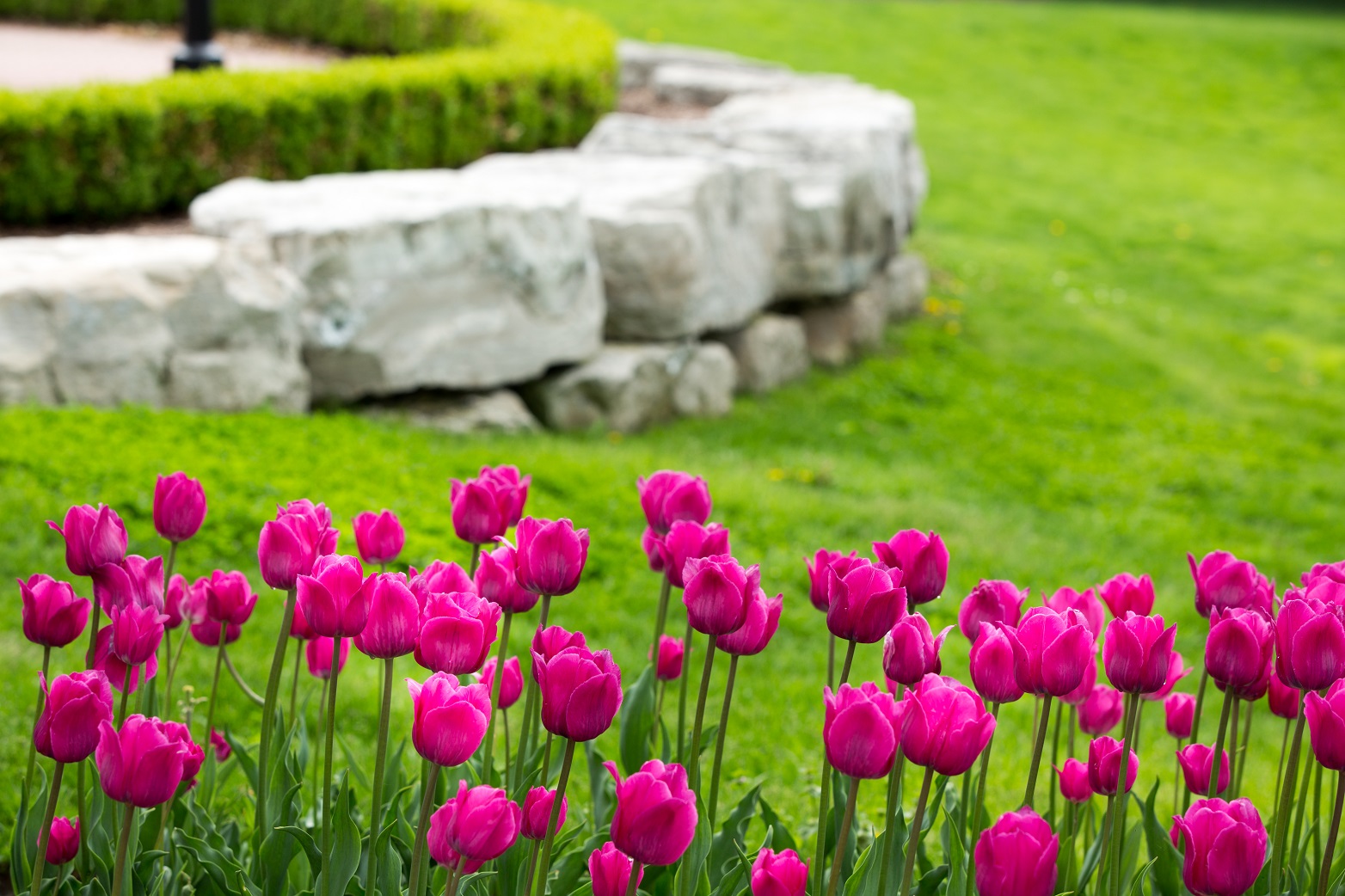
Two to Three Man Rock
Rocks of this size require the use of specialized equipment to install. It requires a three-man team to work these sites. One man to operate the machine, one working on the ground assembling the wall, and another driving the truck for materials. These are the most common jobs that New Life Rockeries does. Our specialized mini machine has been designed to assist our crew in a quick and economical manner, and our skilled teams average 400-600 square feet of rock wall a day.
Boulders
Boulders often have smooth round surfaces and are not generally a good choice for rock walls. Instead, they can be set within the wall to enhance the finished walls appearance. This decorative enhancement brings a striking touch of beauty to any wall.






